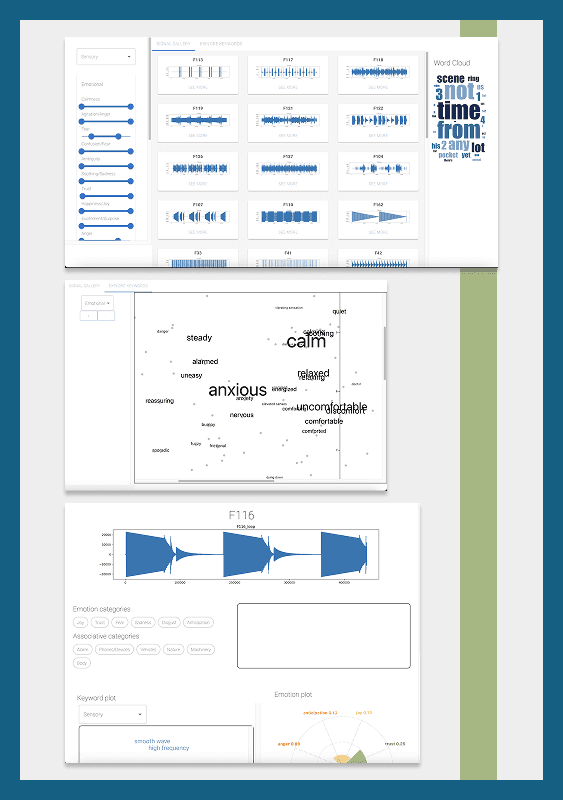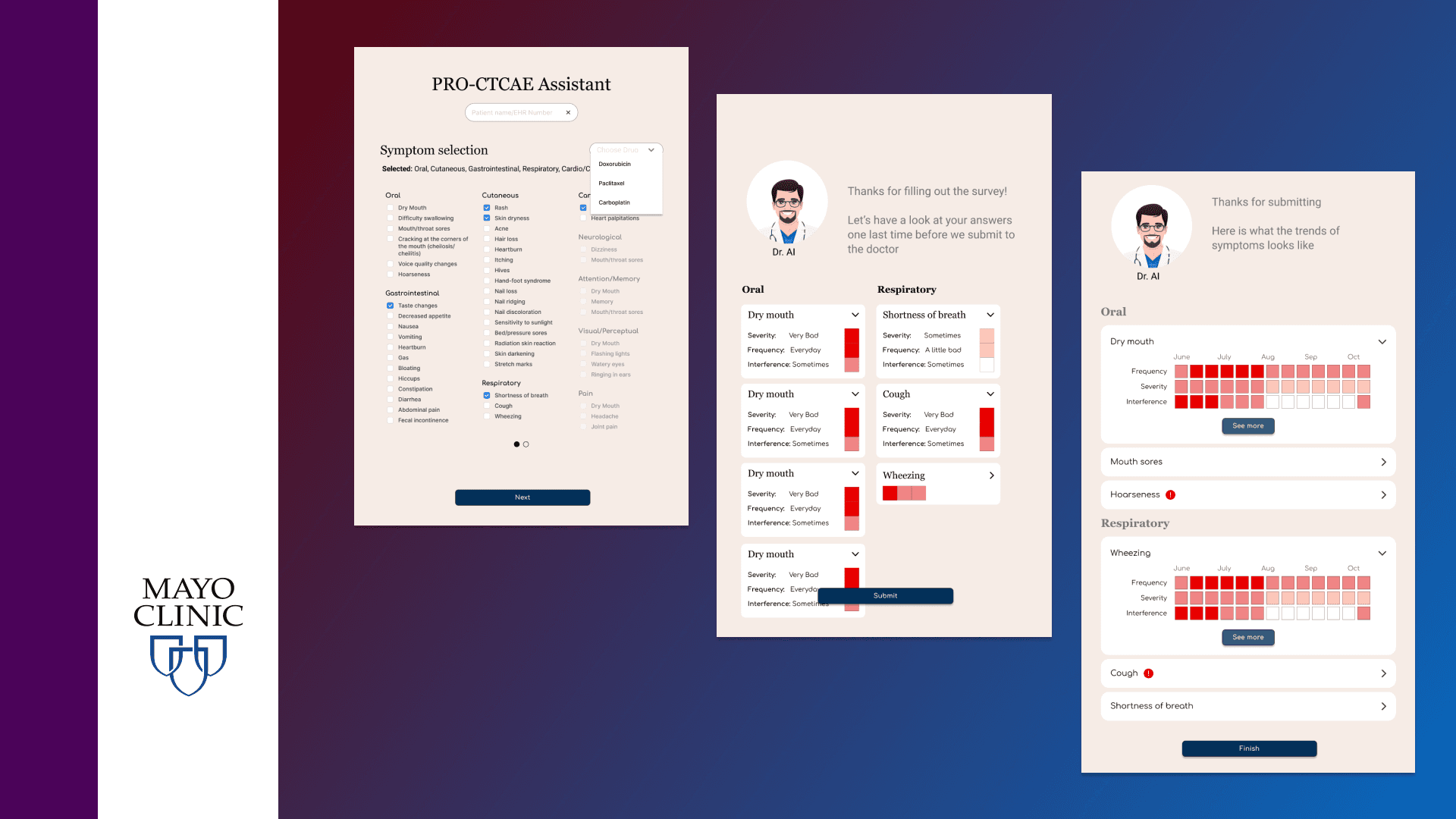Fittrack - a fitness app
Role
UX Designer
Industry
Duration
4 weeks
I asked the interviewees whether they tracked their fitness activities and if they used any apps for this purpose. Those who tracked their progress consistently mentioned using separate apps to monitor their exercise routines and nutritional intake. They also noted that many apps lack guidance on performing exercises correctly to optimize results.
Designing the app
I decided that the app would track progress regarding exercises and nutritional intake, such as calories and macros. Tracking progress is important to meet the intrinsic requirements for staying motivated. I proceeded to create a user flow, following which I created sketches and low fidelity wireframes to test out ideas.
High fidelity prototypes
Other projects
Redesign project: fitness tracker App Revamp
HapViz - Visualizing haptic signal descriptions
Redesign project: fitness tracker App Revamp
Helping Cancer patients report and visualize their symptoms
Redesign project: fitness tracker App Revamp
Enabling renewable energy professionals to make critical decisions
Redesign project: fitness tracker App Revamp
Fittrack - a fitness app




